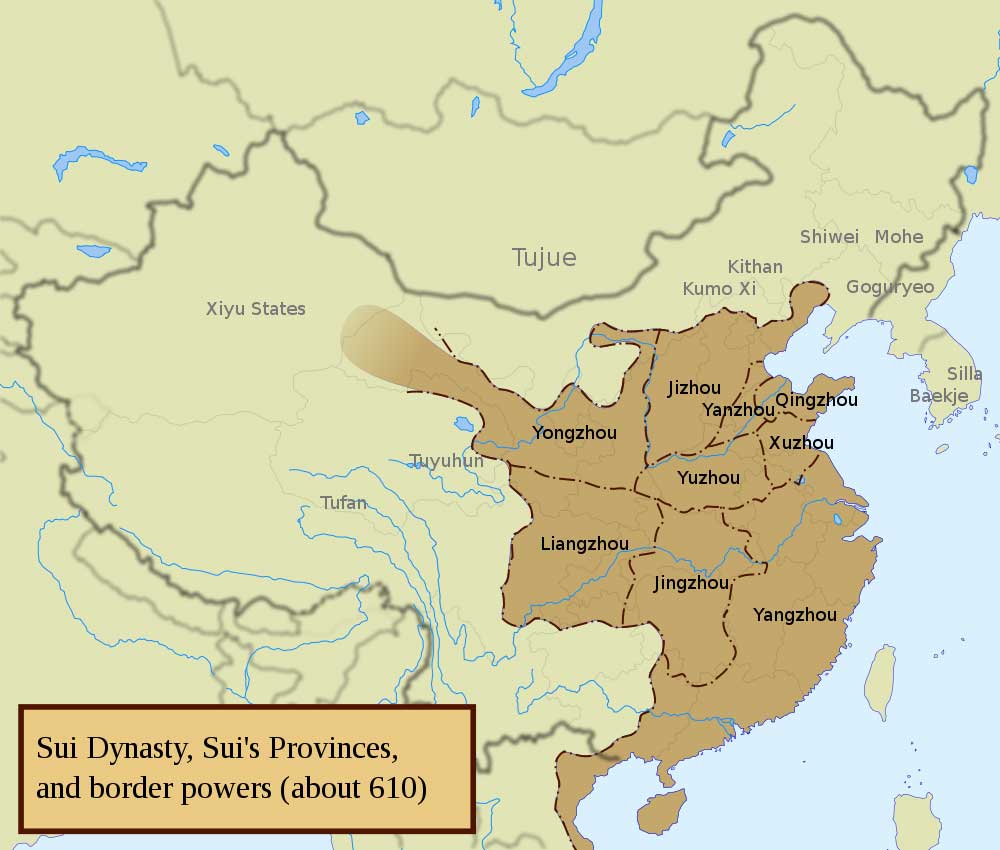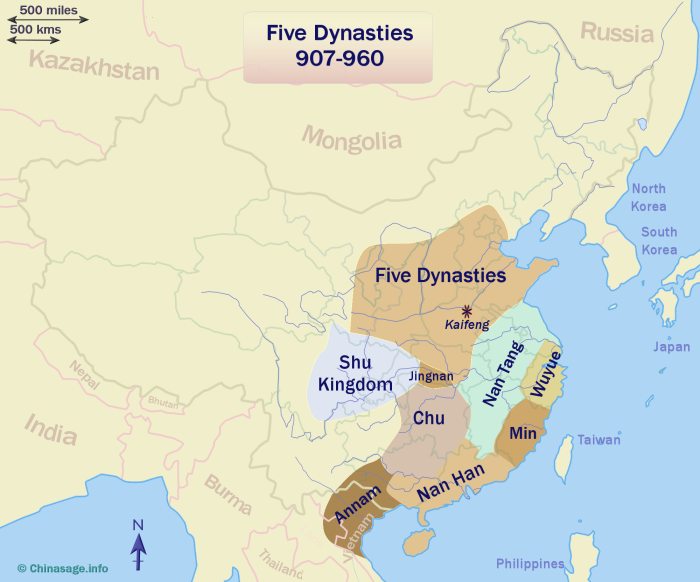

Another major advancement was the innovation of gunpowder in medieval China, later developed by the Gunpowder empires, mainly by the Mughals and Safavids, which led to advanced warfare through the use of guns.Ī report by archaeologist Rakesh Tewari on Lahuradewa, India shows new C14 datings that range between 90 BC associated with rice, making Lahuradewa the earliest Neolithic site in entire South Asia. These include the trade of the Silk Road, which spread cultures, languages, religions, and diseases throughout Afro-Eurasian trade. The spread of Islam waved the Islamic Golden Age and the Timurid Renaissance, which later influenced the age of Islamic gunpowder empires.Īsia's history features major developments seen in other parts of the world, as well as events that have affected those other regions. Thus the nomads who conquered states in the Middle East were soon forced to adapt to the local societies.

However, the lowlands did not have enough open grasslands to support a large horsebound force. While technologically and culturally the city dwellers were more advanced, they could do little militarily to defend against the mounted hordes of the steppe. The Caucasus, Himalaya, Karakum Desert, and Gobi Desert formed barriers that the steppe horsemen could only cross with difficulty. The centre and periphery were kept separate by mountains and deserts. These areas in Siberia were very sparsely populated. The northern part of the continent, covering much of Siberia was also inaccessible to the steppe nomads due to the dense forests and the tundra. The steppe region had long been inhabited by mounted nomads, and from the central steppes, they could reach all areas of the Asian continent. Cities, states, and then empires developed in these lowlands. Other notions such as that of writing likely developed individually in each area. The civilizations in Mesopotamia, ancient India, and ancient China shared many similarities and likely exchanged technologies and ideas such as mathematics and the wheel. These valleys were fertile because the soil there was rich and could bear many root crops. The coastal periphery was the home to some of the world's earliest known civilizations and religions, with each of three regions developing early civilizations around fertile river valleys. See History of the Middle East and History of the Indian Subcontinent for further details on those regions. The history of Asia can be seen as the collective history of several distinct peripheral coastal regions such as East Asia, South Asia, Southeast Asia and the Middle East linked by the interior mass of the Eurasian steppe. The characteristic trade of silk through the Silk Road connected various regions from China, India, Central Asia, and the Middle East to Europe and Africa. ( Learn how and when to remove this template message)ĭetail of Chinese silk from the 4th century BCE. WikiProject China, WikiProject India or WikiProject Asia may be able to help recruit an expert. The specific problem is: out of date, misleading, or incomplete coverage.

This article needs attention from an expert in China, India or Asia.


 0 kommentar(er)
0 kommentar(er)
